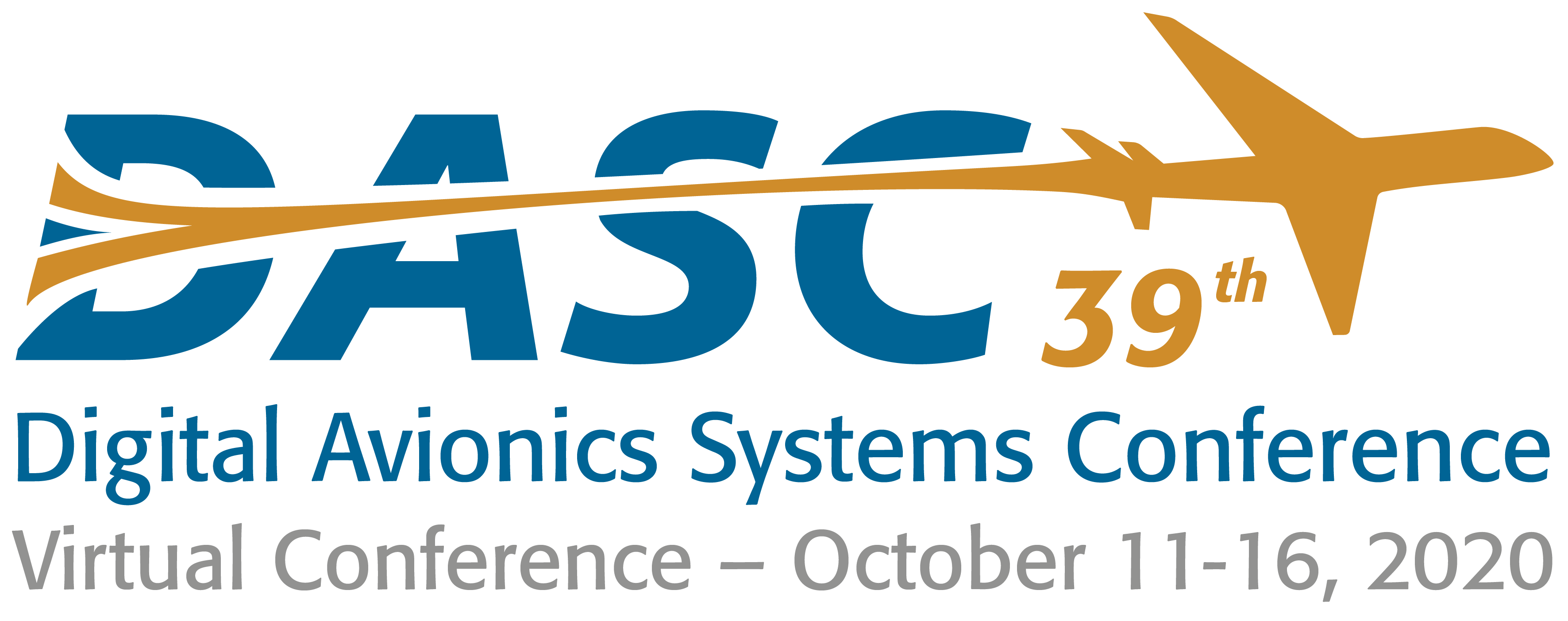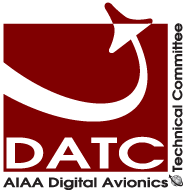NASA
NASA’s Airspace Operations and Safety Program (AOSP) works with the Federal Aviation Administration, industry and academic partners to conceive and develop Next Generation Air Transportation System (NextGen) technologies to further improve the safety of current and future aircraft. As radar-based air traffic control transitions to a NextGen satellite-based system to enhance safety, capacity and efficiency on runways and in flight, AOSP-developed NextGen methods and means will provide advanced automated support to air navigation service providers and aircraft operators to reduce air-travel times and delays, and to ensure greater safety in all weather conditions.
AOSP Projects develop and demonstrate airspace domain capabilities as foundational components of NextGen; open up the airspace to emergent users, vehicles, and missions by developing and demonstrating new service-based paradigm leveraging UTM principles; discover the impact on safety of growing complexity introduced by modernization and develop innovative solutions that mitigating these risks in accordance with target levels of safety; and, develop and validate airspace integration performance requirements to enable access to UAS in low-altitude airspace.
NASA’s Unmanned Aircraft Systems Integration in the National Airspace System, or UAS in the NAS Project has worked on identifying, developing and testing the technologies and procedures that will make it possible for UAS to have routine access to airspace occupied by human-piloted aircraft. The UAS in the NAS project used modeling, simulations and flight tests to develop and test technologies that provide safe, effective, secure capabilities including detect and avoid (DAA) and command and control (C2).
The Advanced Air Mobility (AAM) project focuses on enabling emerging aviation markets that will provide substantial benefit to the U.S. public and industry. Starting with Urban Air Mobility (UAM), the AAM project will enable these markets by being a community catalyst and developing and validating system-level concepts and solutions both within AAM and in coordination with other ARMD projects that have a role related to enabling UAM. Four NASA centers support the AAM project: NASA’s Ames Research Center and Armstrong Flight Research Center in California, Glenn Research Center in Ohio, and Langley Research Center in Virginia. The AAM project is within the Integrated Aviation Systems Research Program, managed by NASA’s Aeronautics Research Mission Directorate at NASA Headquarters in Washington, D.C.





